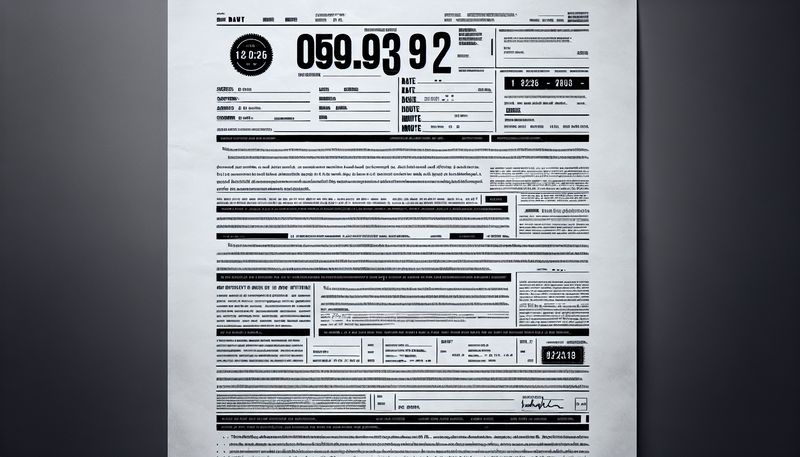Why Choose Digital Timestamps for Your IP Protection Needs
21 April 24
Imagine a world where protecting your intellectual property (IP) is as easy as clicking a button. With the advent of blockchain technology, this is no longer a distant dream but a tangible reality. At the forefront of this revolution is Digital Timestamps, a product that guarantees secure, cost-effective, and trustworthy IP protection.
Digital Timestamps' unique service allows individuals to store an encrypted fingerprint of their work on the Bitcoin blockchain. This acts as a notarization of the idea, establishing proof that you held the IP at a specific point in time. This level of protection streamlines the traditionally convoluted process of copyright protection, eschewing the need for drawn-out legal avenues.
At the heart of Digital Timestamps' services is the creation of unique digital signatures. These signatures act as an ironclad seal, protecting your files from tampering while verifying that their contents are identical to the original version. This system, bolstered by the decentralized and publicly auditable Bitcoin blockchain, ensures that your work is protected at a mere cost of $2.50 per file. This makes Digital Timestamps a remarkably cost-effective solution for IP protection.
Adding to the trustworthiness and transparency of Digital Timestamps is the fact that verifications are free and accessible to anyone. Even without an account, you can verify a file and gain peace of mind knowing that your IP is secure. Furthermore, the timestamping process, thanks to the power of the Bitcoin blockchain, is near-instantaneous, circumventing the wait for Bitcoin confirmations.
From document sharing and securing file integrity to ensuring video integrity, the applications of Digital Timestamps are wide-ranging. So, if you value the security of your intellectual property and desire a reliable, quick, and cost-effective solution, Digital Timestamps is your go-to choice.
Choosing Digital Timestamps for your IP protection needs is not just a smart decision, but also a step towards embracing the future of digital security. After all, in today's digital-first world, protection should be as advanced as the technology you're using.

